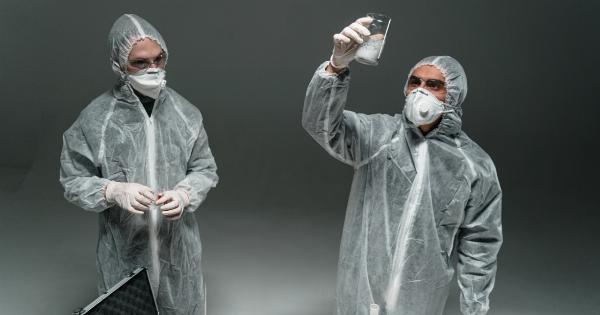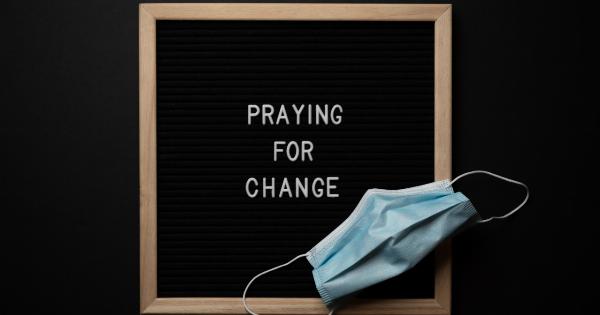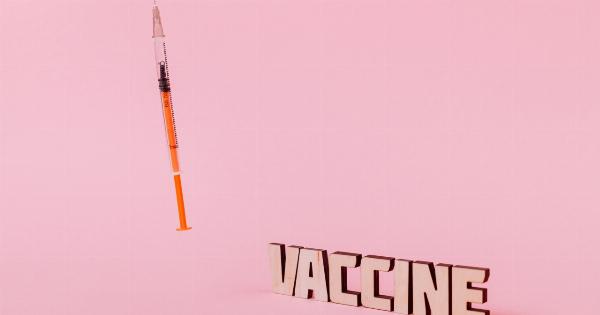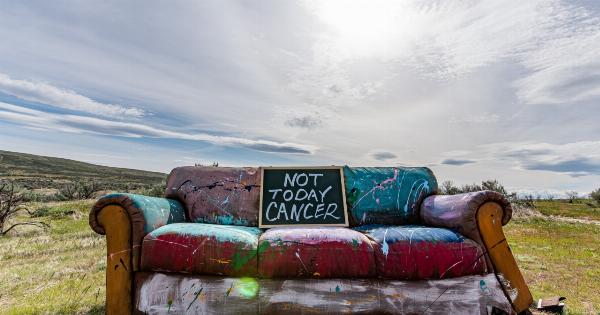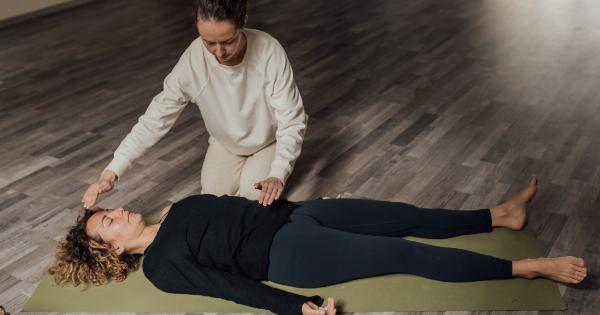In the midst of the COVID-19 pandemic, wearing masks has become a common practice to protect ourselves and others from the virus.
However, there have been several misconceptions regarding the use of masks, with one of the most prevalent being the notion that masks deprive individuals of oxygen. In this article, we aim to debunk this myth by unpacking the facts surrounding masks and their impact on oxygen levels.
The Science Behind Masks
Masks, whether surgical masks or cloth face coverings, are designed to serve as a barrier that prevents respiratory droplets from being released into the air when an individual breathes, coughs, or sneezes.
These droplets are known to contain the virus, making mask-wearing an important tool in reducing the spread of COVID-19.
Oxygen and Breathing
Before delving into the specifics of mask-wearing, it is crucial to understand the basics of breathing and oxygen uptake.
Oxygen is a vital component for human survival, and the respiratory system facilitates its transportation to various organs and tissues. When we inhale, air containing oxygen enters the body through the nose or mouth, travels down the trachea, and reaches the lungs. From there, oxygen is diffused into the bloodstream and delivered to cells throughout the body.
The Myth of Oxygen Deprivation
Some individuals argue that wearing masks can lead to oxygen deprivation, causing symptoms such as dizziness, shortness of breath, and even fainting.
However, numerous scientific studies have disproven this claim, emphasizing that masks do not significantly impede the flow of oxygen.
Respiratory Exchange and Mask Effectiveness
The main concern regarding masks is whether they restrict the exchange of oxygen and carbon dioxide during respiration. Oxygen molecules are relatively small, allowing them to effortlessly pass through the pores in a mask’s fabric or material.
Carbon dioxide, on the other hand, is a larger molecule that is expelled during exhalation. Masks, including those made of multiple layers of cloth, do not obstruct the passage of carbon dioxide to an extent that would pose a risk.
Medical Expert Opinions
Medical professionals and experts around the world have attested to the safety and efficacy of masks, dismissing claims of oxygen deprivation.
Organizations such as the World Health Organization (WHO), the Centers for Disease Control and Prevention (CDC), and the National Institute for Occupational Safety and Health (NIOSH) all endorse the use of masks as an effective preventive measure without any harmful effects on oxygen levels.
Personal Experiences
While scientific evidence confirms that masks do not cause oxygen deprivation, some individuals may still report feeling discomfort or difficulty breathing while wearing them.
It is important to note that such experiences are likely due to psychological factors, such as anxiety or claustrophobia, rather than actual physiological changes in oxygen levels.
Masks for Individuals with Pre-existing Conditions
There are individuals with certain pre-existing respiratory or cardiovascular conditions who may have genuine concerns about mask-wearing and its potential impact on their health.
In such cases, consulting with a healthcare professional is advised to determine the most suitable mask type and usage guidelines.
Addressing Breathing Difficulties
If you ever experience mild discomfort or difficulty breathing while wearing a mask, there are several strategies you can employ to alleviate these sensations.
Taking slow and deep breaths, breathing through your nose instead of your mouth, and ensuring your mask fits properly without being too tight can all contribute to a more comfortable wearing experience.
Conclusion
The notion that masks deprive individuals of oxygen is a myth that has been debunked by scientific evidence and medical experts. Masks are essential tools in the battle against COVID-19, protecting both wearers and those around them.
It is important to rely on accurate information and embrace the use of masks as a responsible measure to prevent the spread of the virus, while ensuring our own and others’ safety.

